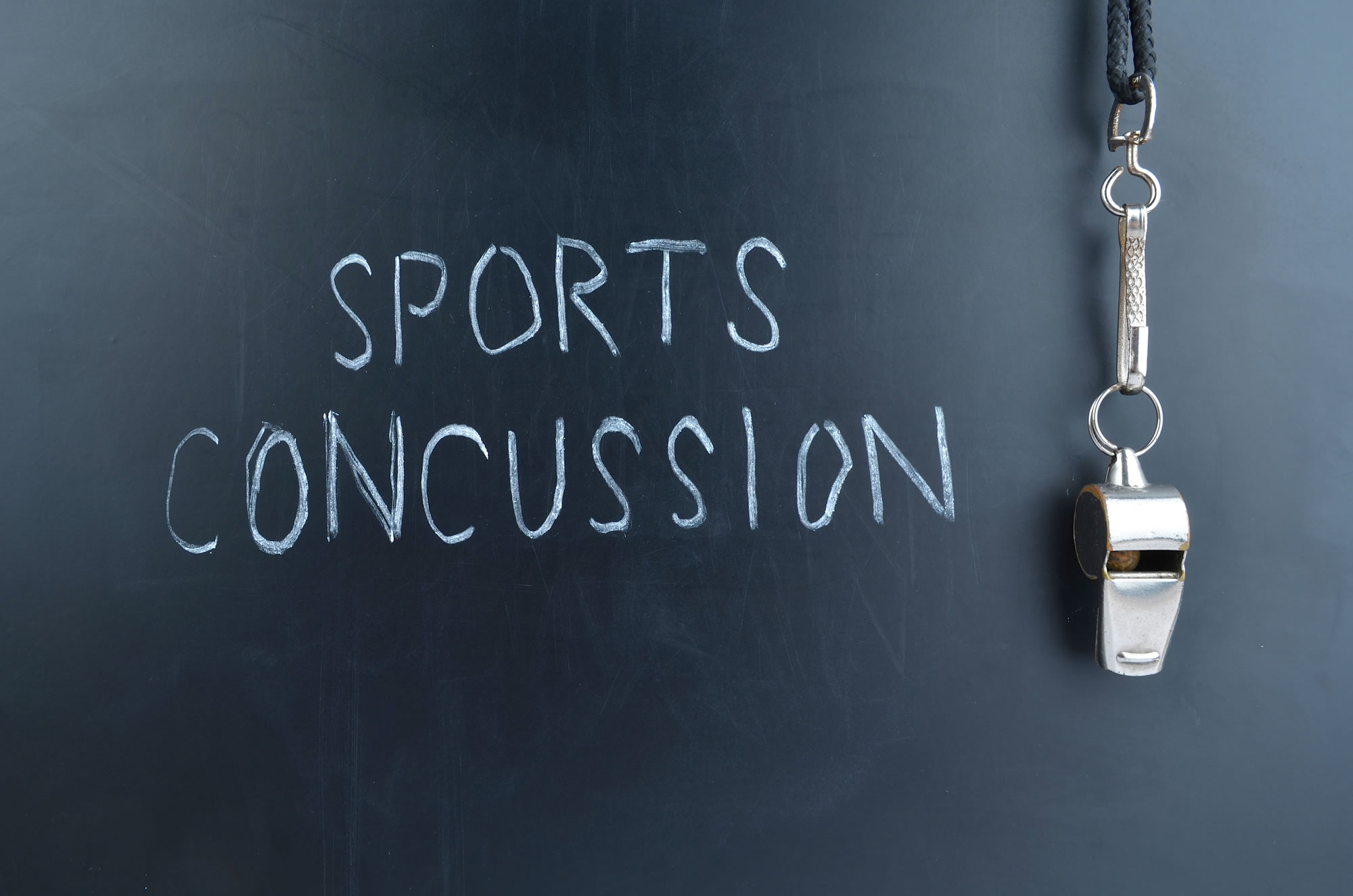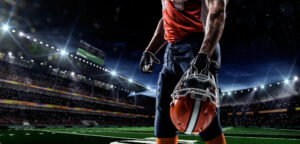“No athlete should be allowed to return to play after a concussion or suspected concussion,” confirmed the panel of global concussion experts. Dr. Meeuwisse from the University of Calgary led this fourth International Conference on Concussion in Sport held in Zurich in November 2012.
These experts have developed a tool, a “Sport Concussion Assessment Tool” as an aid to help evaluate concussions. A version for kids ages 5-12 was created, along with the “Pocket Concussion Recognition Tool.” The pocket guide is a checklist meant to help coaches and parents spot concussions in kids and recognize what symptoms are red flags needing immediate medical attention.
The panel found that athletes who do suffer from a concussion and have symptoms lasting beyond ten days “require a more detailed assessment and often can benefit from rehabilitation.” Athletes should gradually return to normal activities, such as school and physical activity, but should always be cleared medically before returning to competitive play.
While many companies are looking to create better technology and equipment to reduce head impact, these improvements haven’t decreased concussions. A concussion results from the brain hitting inside the head. A safety device a like helmet or mouth guard, while important for protecting the player from injury, won’t protect them from a concussion.
The panel suggests stronger rules against hitting would be more beneficial to prevent concussions than a “concussion-proof” helmet.
For More Information:
- New test helps takes guesswork out of diagnosing concussions, The Globe and Mail
- Global consensus on concussion in sport, University of Calgary
- Concussion protocol updated to help doctors, sports teams better manage recovery, The Vancouver Sun
Related:







